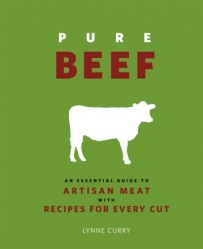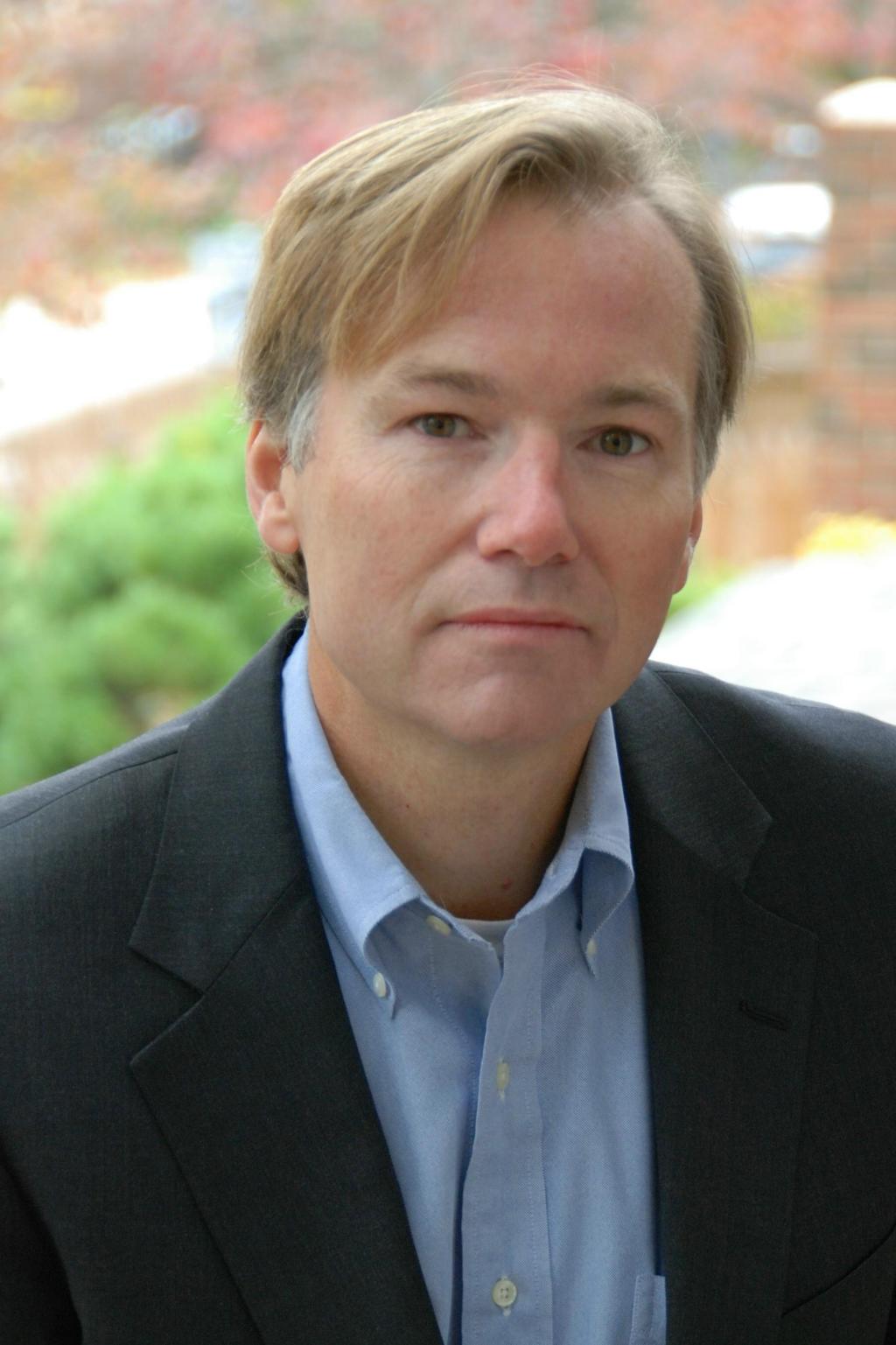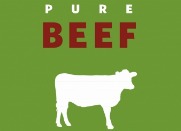
Lynne Curry has always considered herself a locavore, but her food choices changed drastically when she moved from the Washington coast to a grassland ranching community called Wallowa in Eastern Oregon. Near the coast, she had eaten mostly vegetarian, with some fresh fish now and then. But in Wallowa she found that eating responsibly and supporting her local community meant buying and eating grassland beef (in large “shares”). Drawing on prior culinary experience from stints working in several high-end Pacific Northwest restaurants such as The Herb Farm and Willows Inn, Curry created recipes for every cut of meat on the cow.
With her first cookbook, Pure Beef: An Essential Guide to Artisan Meat with Recipes for Every Cut, Curry shares those recipes. She also suggests reaching into the freezer and grabbing whatever cut comes to hand, then paging through her book for a recipe. We caught up with Curry recently to hear about her decision to write the book and the lessons she’s learned along the way.
Q. When did you realize you wanted to write this particular cookbook?
A. I always knew I wanted to do a book, but when I saw an article in TIME magazine about cow-pooling, I knew it was this one. It was the first thing I had seen outside of my community that reflected the relevance of this topic back to me.
But many articles about grass-fed beef only go so far, and then leave you hanging. To make this a viable choice, people need to know how to apply cooking methods.
Q. The book is so comprehensive, covering everything from how grass becomes beef to the basics of butchery. Can you talk about your research process?
A. One of the main things I wanted to do was make sure I could understand and interpret scientific research for consumers without adding to the contention about food choices.
I had an amazing cohort of primary sources, such as Bob Dickson, a leading meat scientist in Oregon; I talked extensively to Cory Carman of Carman Ranch about her ranching practices; on the nutrition front, I consulted with Dr. Lauren Gwin at the American Grassfed Association. I also talked to people at the Niche Meat Processors Assistance Network.
One of the best resources for me was from Union of Concerned Scientists. They did a report about grass-fed beef called Greener Pastures. It helped me put the pieces together. Anyone making choices about what kind of beef to eat should read it.
 Q. I liked the moment in the book when you describe being vegetarian and eating beef that was offered to you in Guatemala. You say you weren’t consciously thinking about right versus wrong, but it plays into your overall food choices. Do you think that sense of pleasure spurred you to look for a humane way to eat meat?
Q. I liked the moment in the book when you describe being vegetarian and eating beef that was offered to you in Guatemala. You say you weren’t consciously thinking about right versus wrong, but it plays into your overall food choices. Do you think that sense of pleasure spurred you to look for a humane way to eat meat?
A. In that moment, I was completely pulled out of my own context. This 80-year-old woman unexpectedly handed me some beef, and it was an amazing gesture. Everything else faded and the flavor of this meat was in Technicolor. My true confession is that I stopped eating red meat because I didn’t like it, but I loved that beef! It wasn’t until later that I realized what I had in Guatemala was grass-fed.
My commitment is to eat local, and to eat the best quality food available. My choice to eat meat only came from being in a foodshed where this is an available food source. Once I moved here and saw how the animals were raised and saw the whole lifecycle, I felt okay about making this choice.
Q. Pure Beef is obviously a cookbook all about beef, but do you think Americans should be eating more beef?
A. Exactly the opposite. I think we need to be eating less. With this book, I wanted to model a way for people to integrate meat in a holistic way.
In the book, I decided to do whole meals, rather than single recipes. I wanted to show alternatives to each person eating a whole steak. The portion sizes in my book are smaller, and the meat is integrated into a whole meal with a lot of produce.
Q. How do you feel that small-scale ranching addresses some of the problems of food waste?
A. There is attention to usability built into the ranching system. It comes from a rural tradition of taking advantage of available resources and putting things back into the cycle.
Q.There are so many voices out there talking about the best way to feed the planet. How do you square meat-eating with those questions?
A. This is such a hard topic for us right now. I don’t believe we can have a healthy, well-rounded ecosystem completely without meat, but the decision to eat meat is intimate and complex. I wanted to make a book free of judgment for people who already made their choices, and give them the tools for those choices to be fulfilling and pleasurable.
Q. Any recipes that gave you a challenge?
A. I found short ribs to be a challenge. They are always different — some are really fatty, some have a smaller proportion of meat. I finally landed on a ginger-glazed short rib that I’m proud to share. As I talked about earlier, I tested all these recipes with grass-fed beef, so these recipes really are tailored to this kind of meat.
Q. Do you have a favorite recipe in the book?
A. That’s like asking a mother which of her children is her favorite! I love steak and a salad, so the T-bone with fennel-radicchio relish and olive oil flatbread fits my style nicely.



